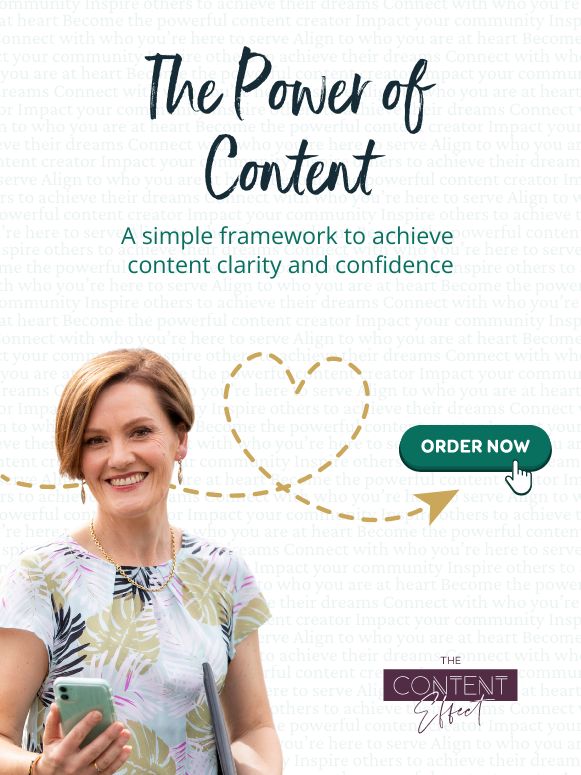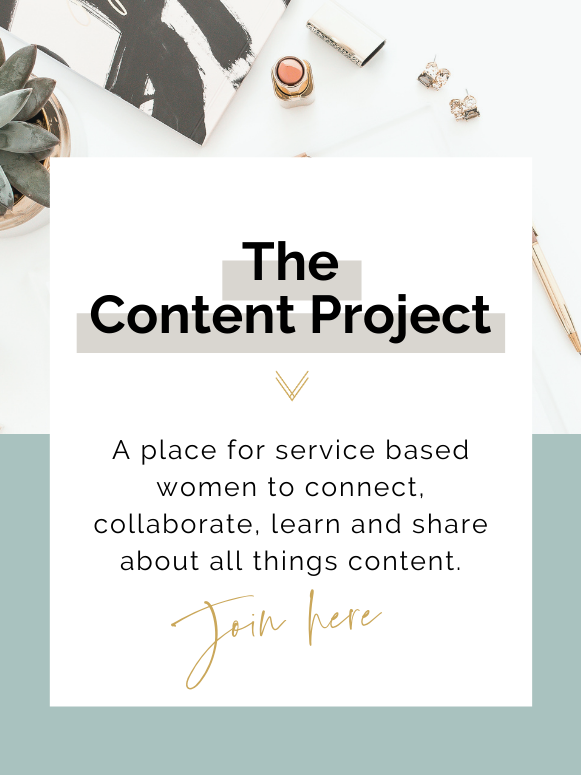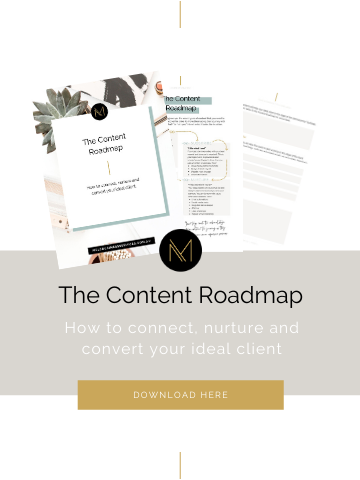It’s a juicy topic this week. I could write a whole essay on sales funnels as I’ve been doing a fair bit of research recently into refining my own. This week we are going to stick with the basics of what it is, and why you should have one in place for your business.
What is a sales funnel
A sales funnel is a way to describe the journey a client takes from not knowing you exist, to purchasing your star product or service. I’ve heard lots of analogies about this journey, but one of the best compares it to dating.
You wouldn’t jump in and marry someone on the first date, would you? (Well, maybe you would if you were on one of those crazy shows like Married at First Sight. But that’s a whole different story). You take time to get to know your new beau and as your relationship grows you take the first step and become engaged. As you begin to cement your relationship together you may decide to make a large commitment together and purchase a house, get married or have children.
So, the sales funnel is just a way to describe that nurturing process with your potential clients. They get to know you, make a small commitment with a low cost purchase and then move to feeling comfortable enough to make a larger purchase or commitment.
So how does it work?
There are three main parts of the funnel – the free, the low cost and the star. As potential clients move through the funnel, many are filtered out. Perhaps they aren’t quite ready for what you are offering, or are not your ideal target market. So, the pool of potential clients becomes smaller, BUT more relevant for your business.
Free
We start at the very top of the sales funnel with a way to entice people to join your email list or get to know you. These are things that you offer for free, usually in return for an email address so they can begin the journey with you. These are often called a freebie, opt-in or lead magnet. It might be something like a discount, checklist, workbook, swipe file or how-to guide. It provides immediate value, solves a problem that your target market has, and should provide an actionable outcome for them.
Once they have indicated that they would like to get to know you better (by giving you their email address), you can then get creative with email automations which will help them move through your sales funnel.
Low cost
This is a way to introduce your clients to you and your business with a very small investment and very low perceived risk. Depending on the cost it is often preceded by a more sophisticated freebie such as a 5 day challenge or webinar.
A low cost option could be a short course or a small version of your star. As an example, for my administration stream, I provide clients with the Let’s Get Started Package. This is a small investment where they receive a personalised service and proposal plus two hours of work on a task of their choice. This then leads into my star service of a 10 hour package.
Star
This is the product or service that provides you with the best return and is ultimately where you want everyone to end up. You want them to know, like and trust you so much that they are ready to take it to the next level with you. The star is a high cost item. For example, if you are selling a subscription service, this is where you want them to feel comfortable to sign up for a year. If you are a coach, you want them to be ready to commit to a series of sessions with you.
Sales funnels don’t have to be sophisticated. You don’t even need fancy software to have one in place. You need to nurture the relationship and provide real value to your potential clients. When you are creating them, have your target market at the forefront of your mind, but also think about your past experiences with purchases. Back off on the salesy, in your face approach and take the time to care and connect.




